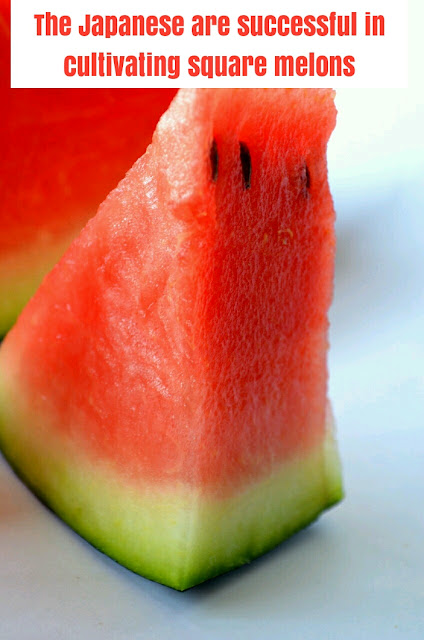Hair transplantation
Hair transplantation is a surgical technique that removes hair follicles from one part of the body, called the 'donor site', to a bald or balding part of the body known as the 'recipient site'. The technique is primarily used to treat male pattern baldness. In this minimally invasive procedure, grafts containing hair follicles that are genetically resistant to balding, (like the back of the head) are transplanted to the bald scalp. Hair transplantation can also be used to restore eyelashes, eyebrows, beard hair, chest hair, pubic hair and to fill in scars caused by accidents or surgery such as face-lifts and previous hair transplants. Hair transplantation differs from skin grafting in that grafts contain almost all of the epidermis and dermis surrounding the hair follicle, and many tiny grafts are transplanted rather than a single strip of skin.
Since hair naturally grows in groupings of 1 to 4 hairs, current techniques harvest and transplant hair "follicular units" in their natural groupings. Thus modern hair transplantation can achieve a natural appearance by mimicking original hair orientation. This hair transplant procedure is called follicular unit transplantation (FUT). Donor hair can be harvested in two different ways: strip harvesting, and follicular unit extraction (FUE).
(Procedure)
Pre-operative assessment and planning
At an initial consultation, the surgeon analyzes the patient's scalp, discusses their preferences and expectations, and advises them on the best approach (e.g. single vs. multiple sessions) and what results might reasonably be expected. Pre-operative folliscopy will help to know the actual existing density of hair, so that postoperative results of newly transplanted hair grafts can be accurately assessed. Some patients may benefit with preoperative topical minoxidil application and vitamins.[citation needed]
For several days prior to surgery the patient refrains from using any medicines which might result in intraoperative bleeding and resultant poor grafting. Alcohol and smoking can contribute to poor graft survival. Post operative antibiotics are commonly prescribed to prevent wound or graft infections.[citation needed]
Harvesting methods
Transplant operations are performed on an outpatient basis, with mild sedation(optional) and injected local anesthesia. The scalp is shampooed and then treated with an antibacterial agent prior to the donor scalp being harvested.
There are several different techniques for harvesting hair follicles, each with their own advantages and disadvantages. Regardless of the harvesting technique, proper extraction of the hair follicle is paramount to ensure the viability of the transplanted hair and avoid transection, the cutting of the hair shaft from the hair follicle. Hair follicles grow at a slight angle to the skin's surface, so transplanted tissue must be removed at a corresponding angle.There are two main ways in which donor grafts are extracted today : strip excision harvesting, and follicular unit extraction.
(Strip harvesting)
Strip harvesting is the most common technique for removing hair and follicles from a donor site. The surgeon harvests a strip of skin from the posterior scalp, in an area of good hair growth. A single-, double-, or triple-bladed scalpel is used to remove strips of hair-bearing tissue from the donor site. Each incision is planned so that intact hair follicles are removed. The excised strip is about 1–1.5 x 15–30 cm in size. While closing the resulting wound, assistants begin to dissect individual follicular unit grafts, which are small, naturally formed groupings of hair follicles, from the strip. Working with binocular Stereo-microscopes, they carefully remove excess fibrous and fatty tissue while trying to avoid damage to the follicular cells that will be used for grafting. The latest method of closure is called 'Trichophytic closure' which results in much finer scars at the donor area.
The surgeon then uses very small micro blades or fine needles to puncture the sites for receiving the grafts, placing them in a predetermined density and pattern, and angling the wounds in a consistent fashion to promote a realistic hair pattern. The technicians generally do the final part of the procedure, inserting the individual grafts in place.
Strip harvesting will leave a thin linear scar in the donor area, which is typically covered by a patient's hair even at relatively short lengths. The recovery period is around 2 weeks and will require the stitches/staples to be removed by medical personnel or sub cuticular suturing can be done.
Follicular unit extraction (FUE)
With Follicular Unit Extraction or FUE harvesting, individual follicular units containing 1 to 4 hairs are removed under local anesthesia; this micro removal typically uses tiny punches of between 0.6mm and 1.0mm in diameter. The surgeon then uses very small micro blades or fine needles to puncture the sites for receiving the grafts, placing them in a predetermined density and pattern, and angling the wounds in a consistent fashion to promote a realistic hair pattern. The technicians generally do the final part of the procedure, inserting the individual grafts in place.
FUE takes place in a single long session or multiple small sessions. The FUE procedure is more time consuming than strip surgery. An FUE surgery time varies according to the surgeons experience, speed in harvesting and patient characteristics. The procedue can take anywhere from a couple hours to extract 200 grafts for a scar correction to a surgery over two consecutive days for a megasession of 2,500 to 3,000 grafts. With the FUE Hair Transplant procedure there are restrictions on patient candidacy. Clients are selected for FUE based on a fox test, though there is some debate about the usefulness of this in screening clients for FUE.
FUE can give very natural results. The advantage over strip harvesting is that FUE harvesting negates the need for large areas of scalp tissue to be harvested, so there is no linear incision on the back of the head and it doesn't leave a linear scar. Because individual follicles are removed, only small, punctate scars remain which are virtually not visible and any post-surgical pain and discomfort is minimized. As no suture removal is required, recovery from Micro Grafting FUE is less than 7 days.
Disadvantages include increased surgical times and higher cost to the.patient.it is challenging for new surgeons because the procedure is physically demanding and the learning curve to acquire the skills necessary is lengthy and tough. Some surgeons note that FUE can lead to a lower ratio of successfully transplanted follicles as compared to strip harvesting.
(Follicular unit transplant)
Follicular unit transplant (FUT) is the traditional hair transplant method which involves extracting a linear strip of hair bearing skin from the back or the side of the scalp. The strip is then dissected to separate individual grafts.
(Robotic hair restoration)
Robotic hair restoration devices utilize cameras and robotic arms to assist the surgeon with the FUE procedure. In 2009, NeoGraft became the first robotic surgical device FDA approved for hair restoration. The ARTAS System was FDA approved in 2011 for use in harvesting follicular units from brown-haired and black-haired men. Despite the advantages of robotic hair restoration systems, there are still some disadvantages such as the size of the punches being relatively large in comparison to what is used in other methods of FUE, and the high costs associated with the devices.









Comments